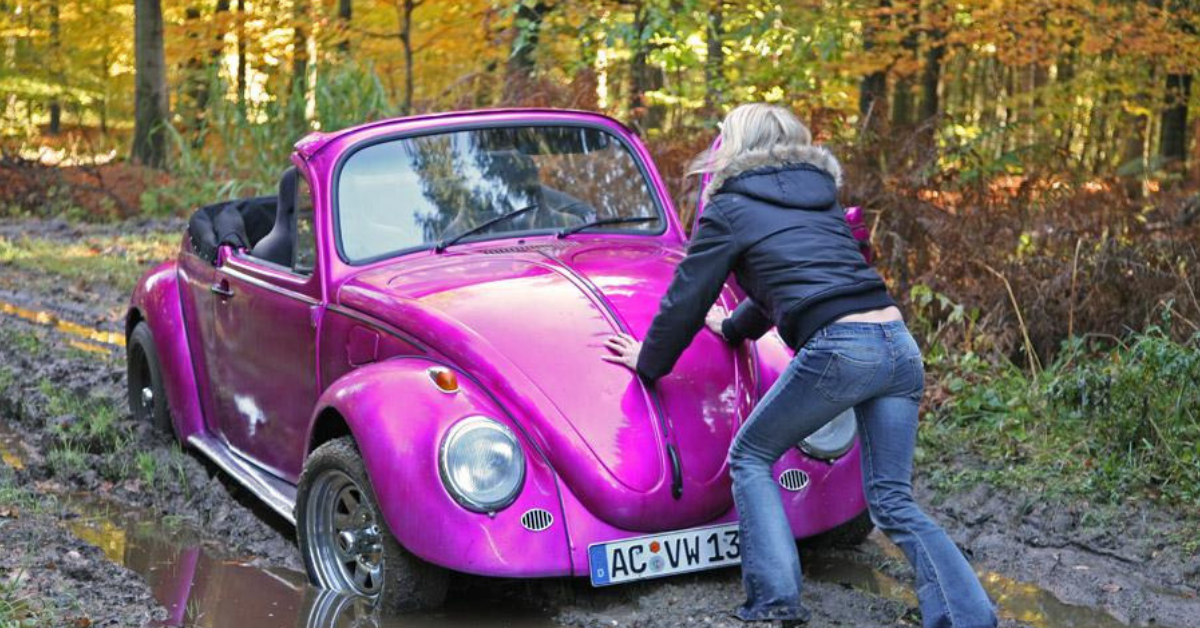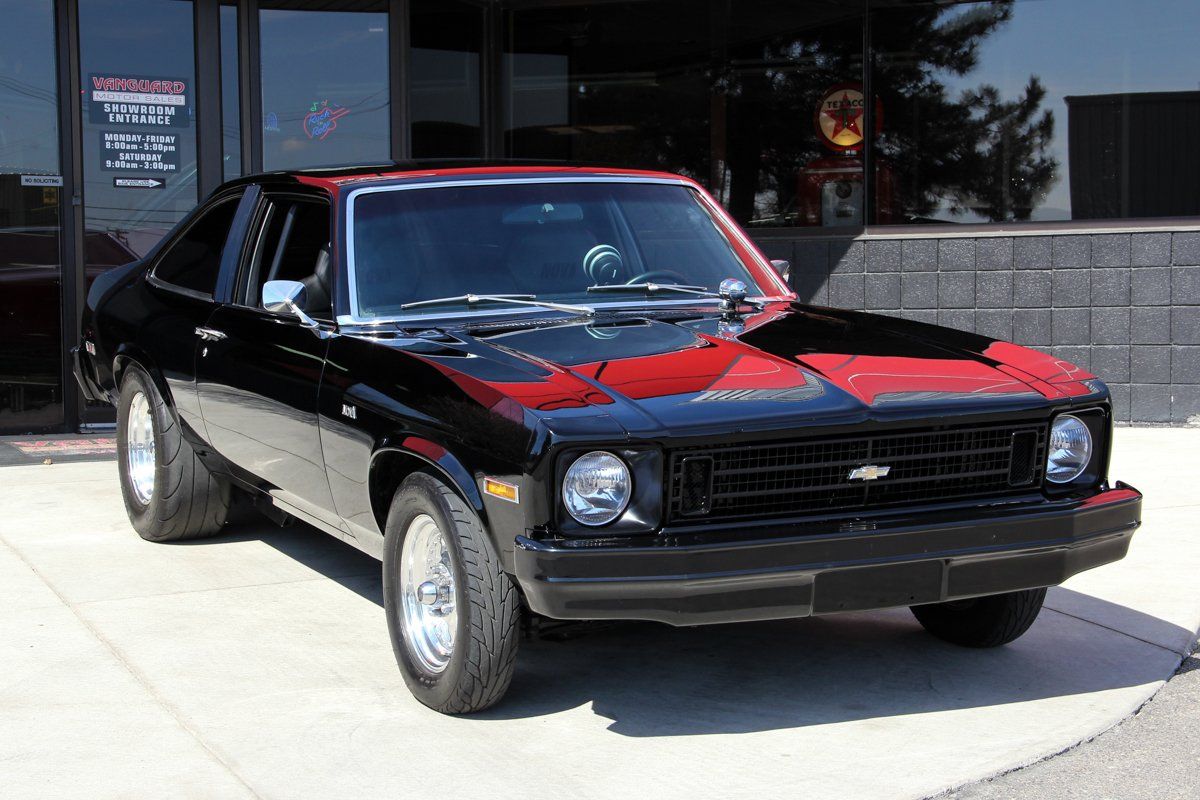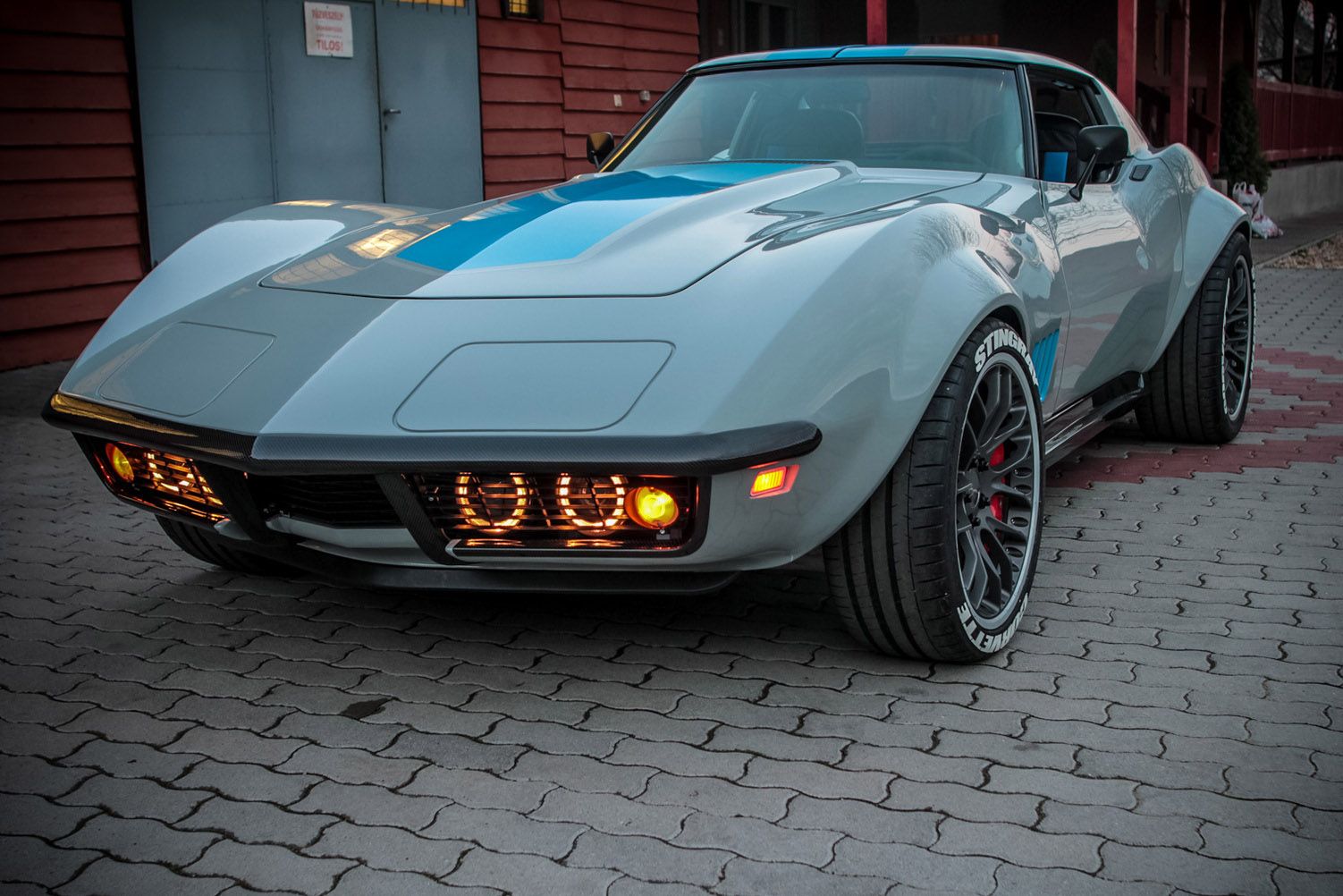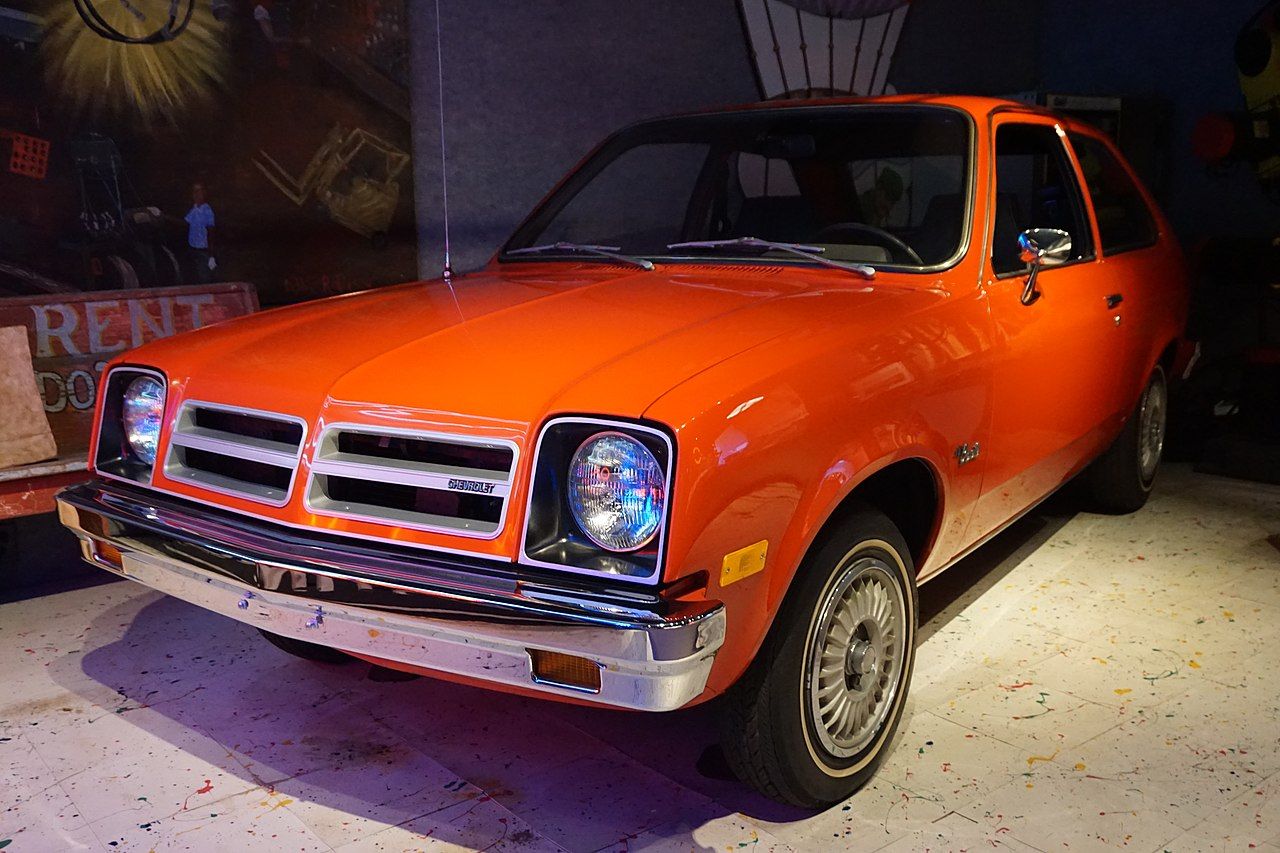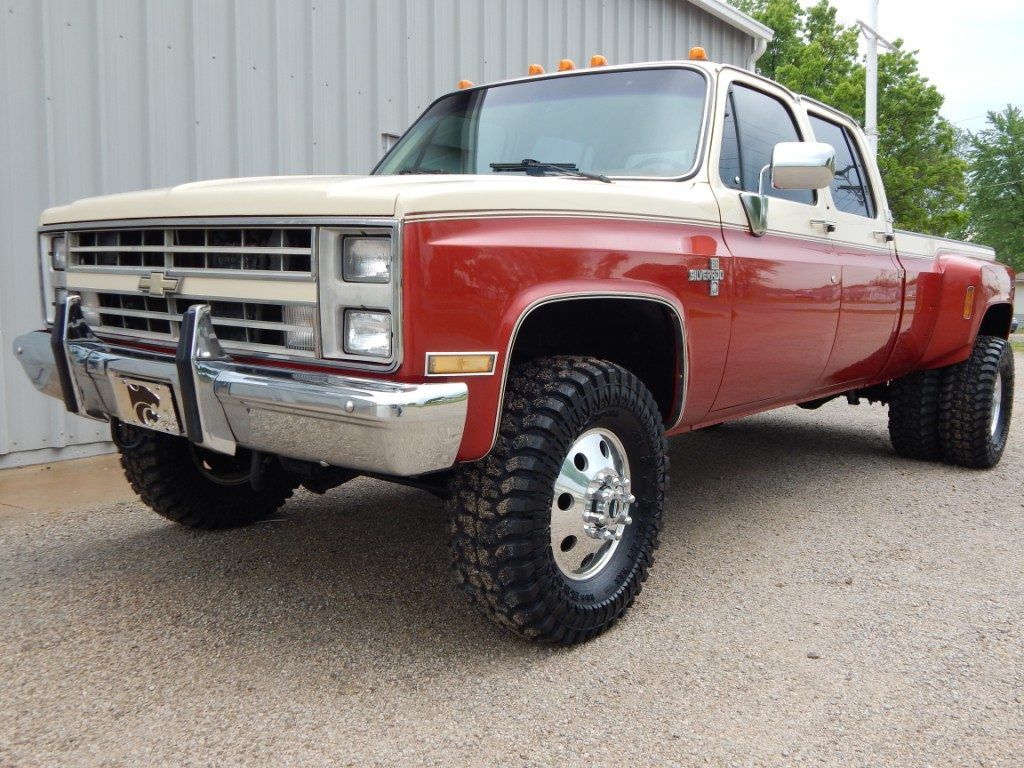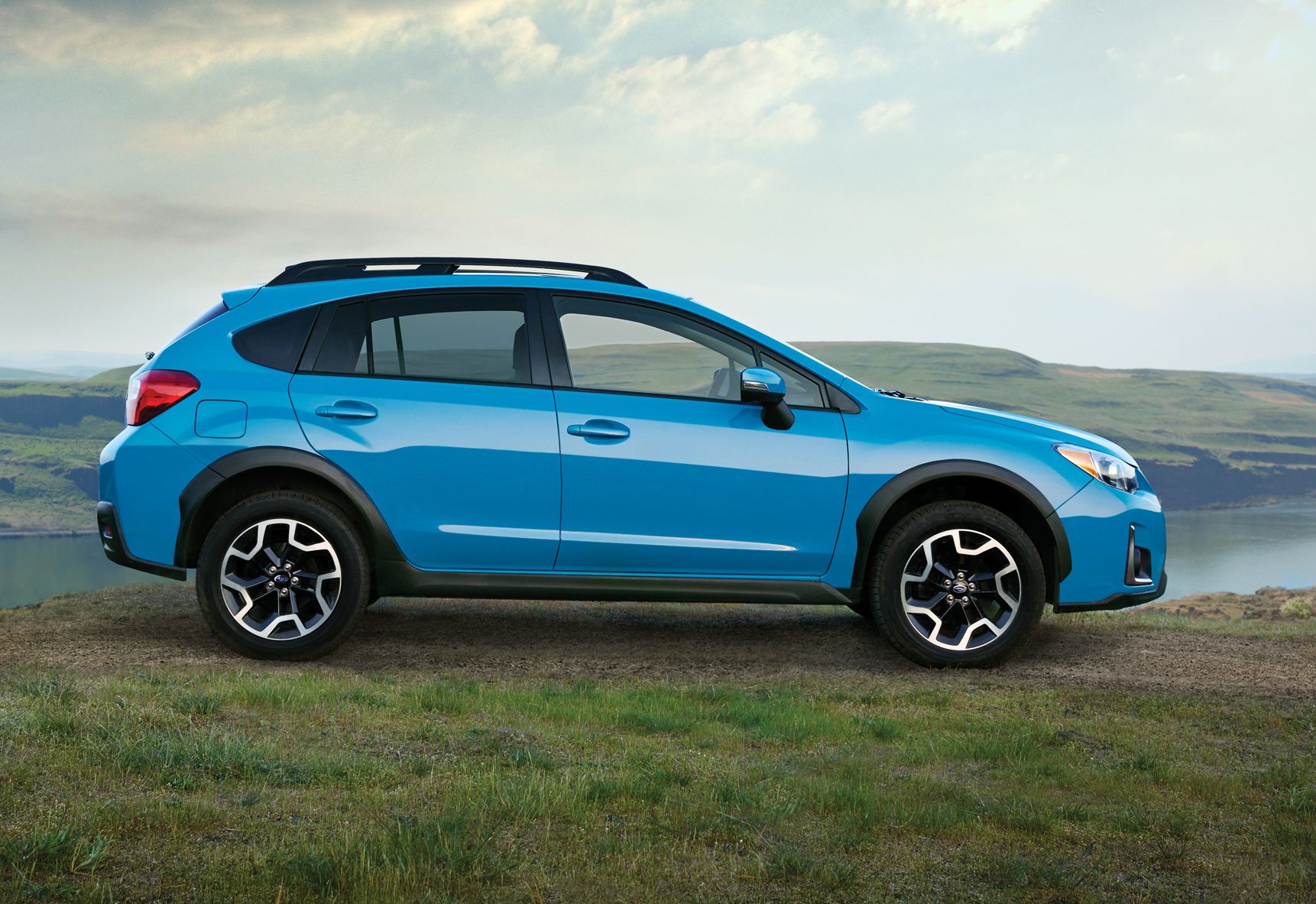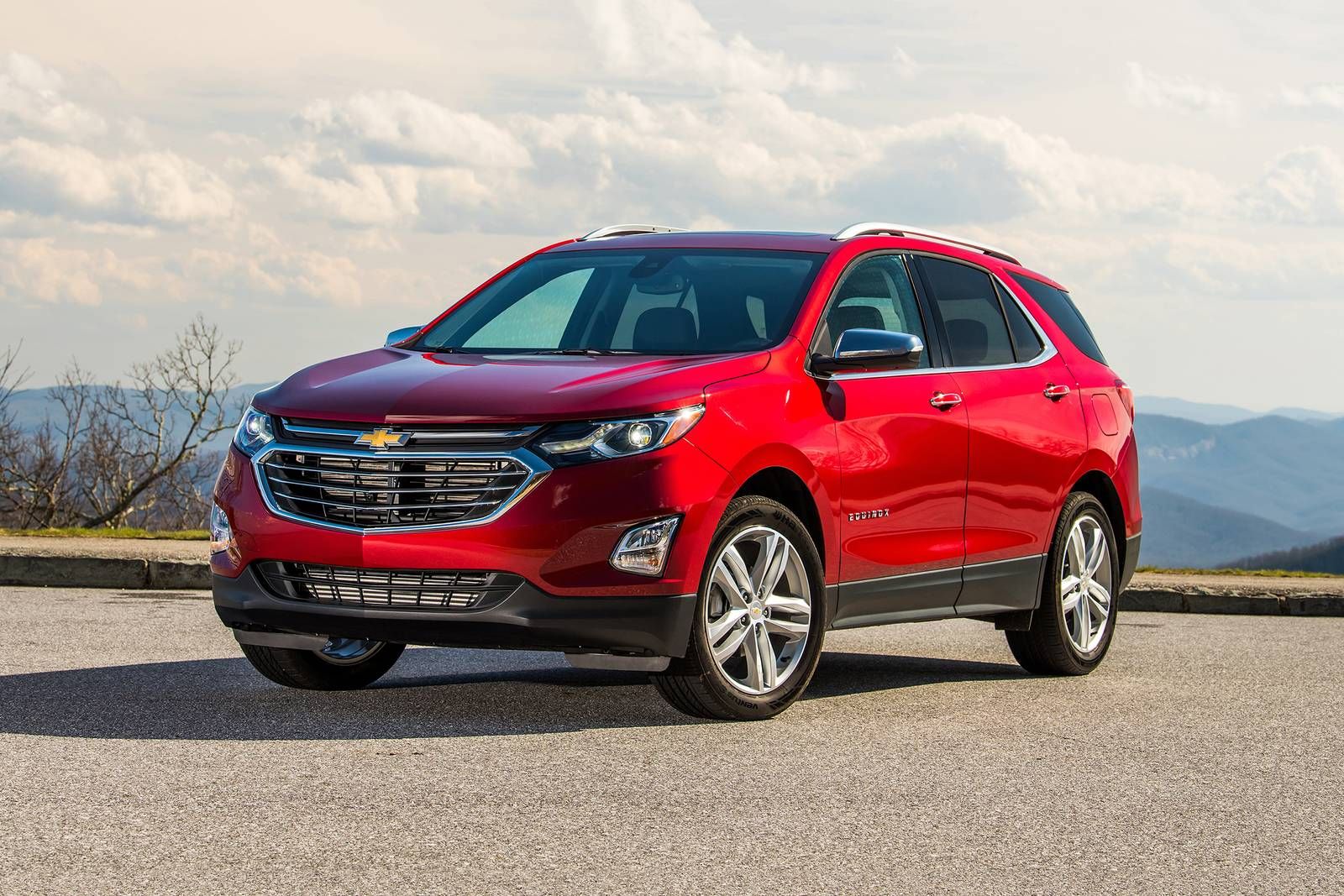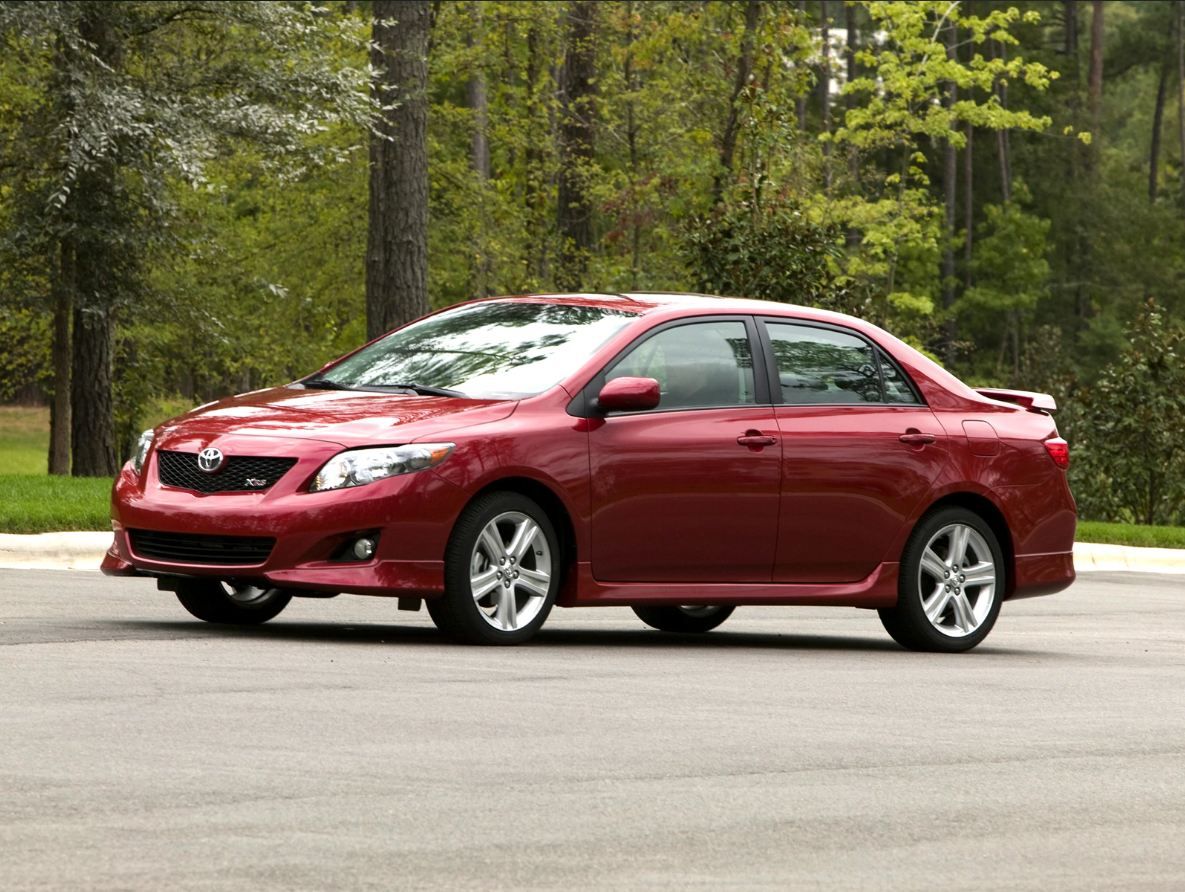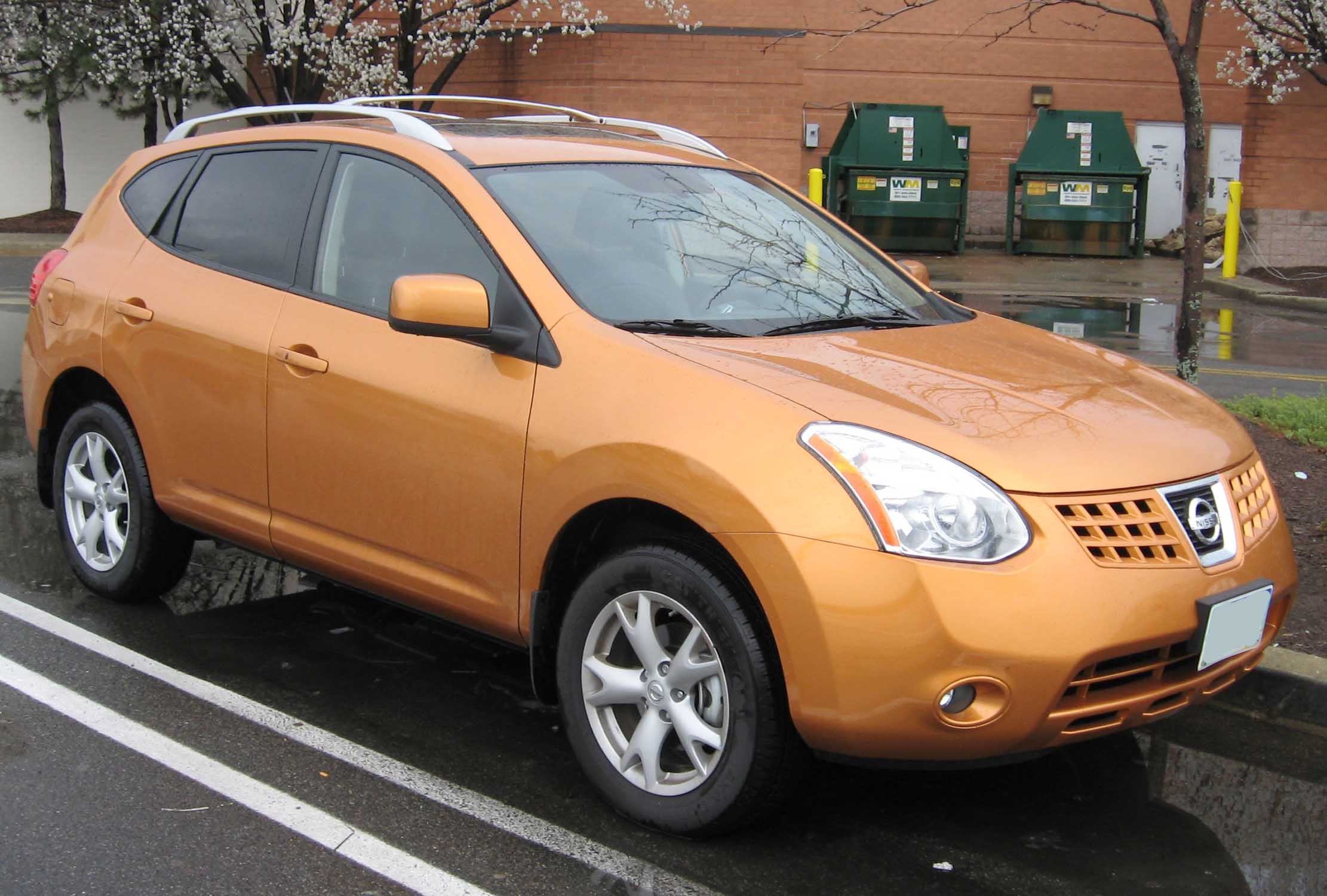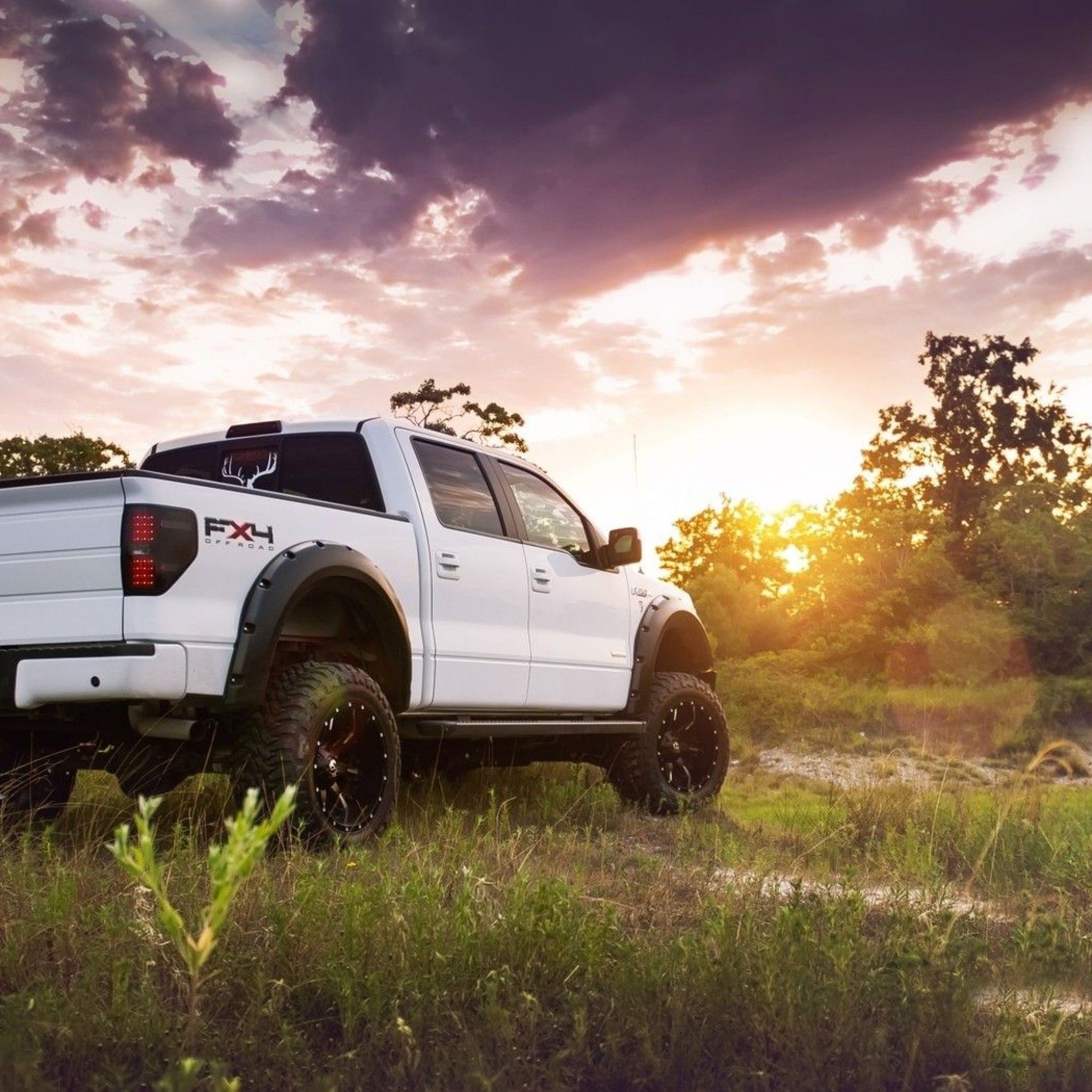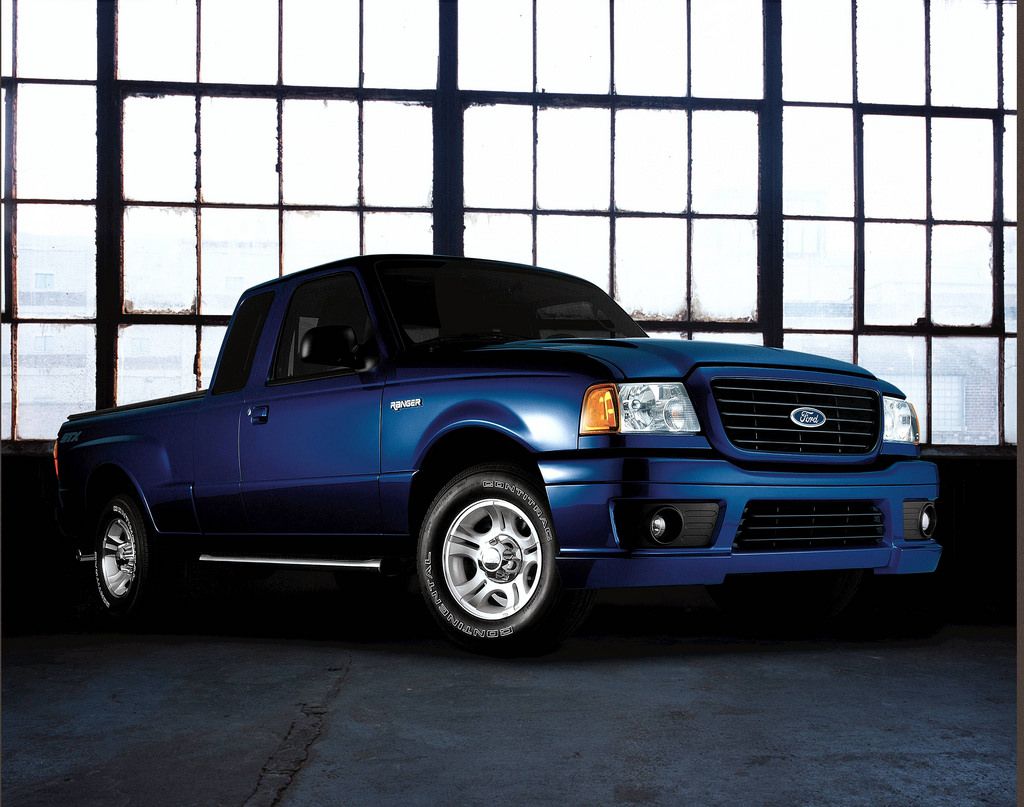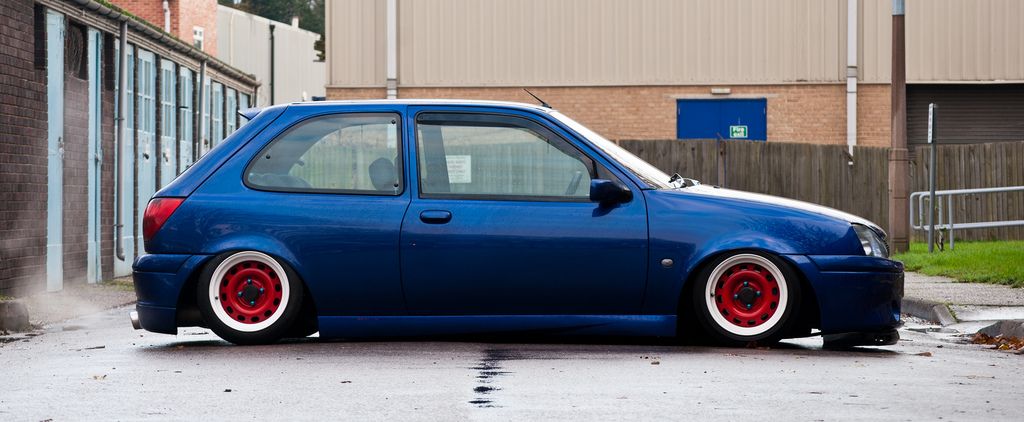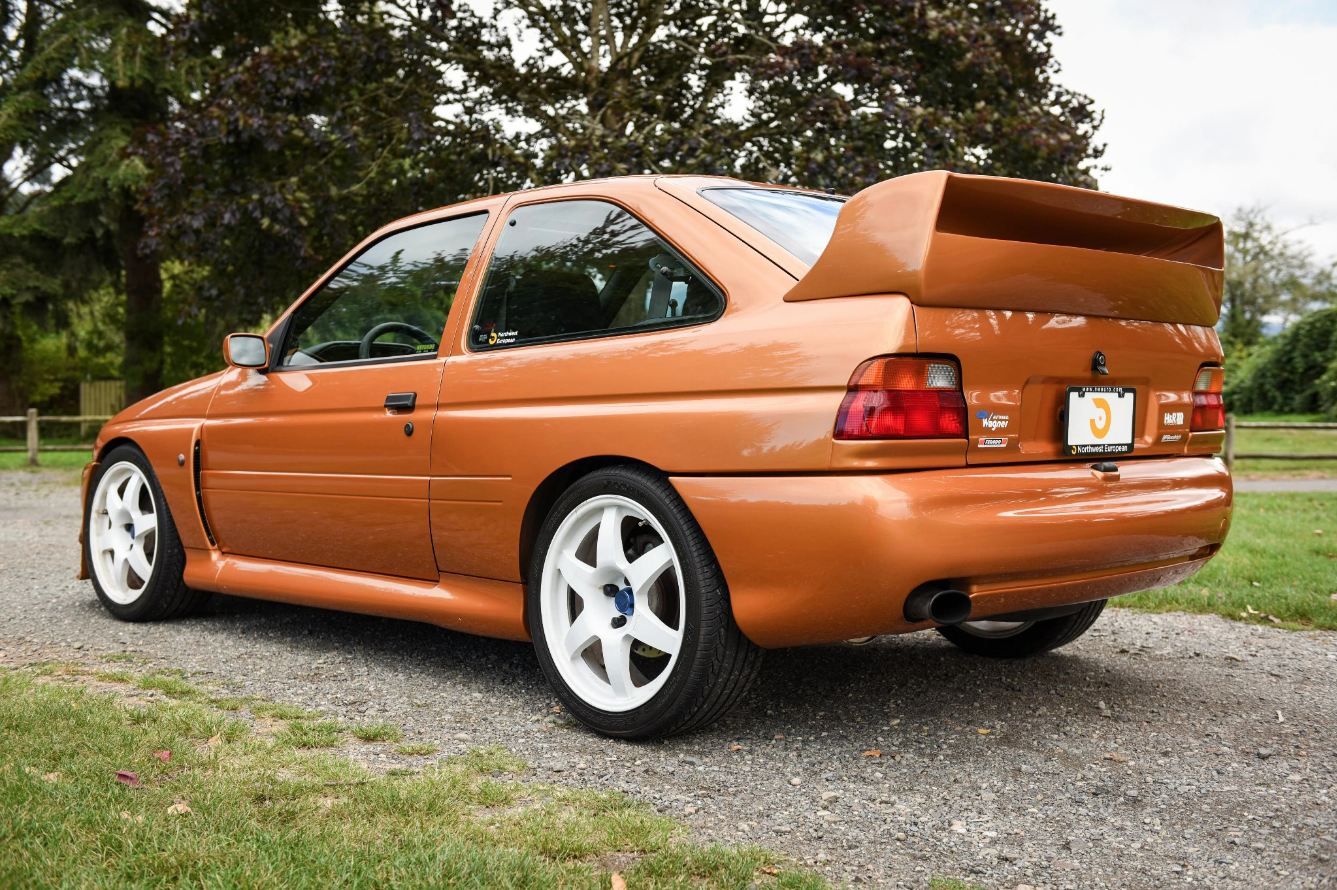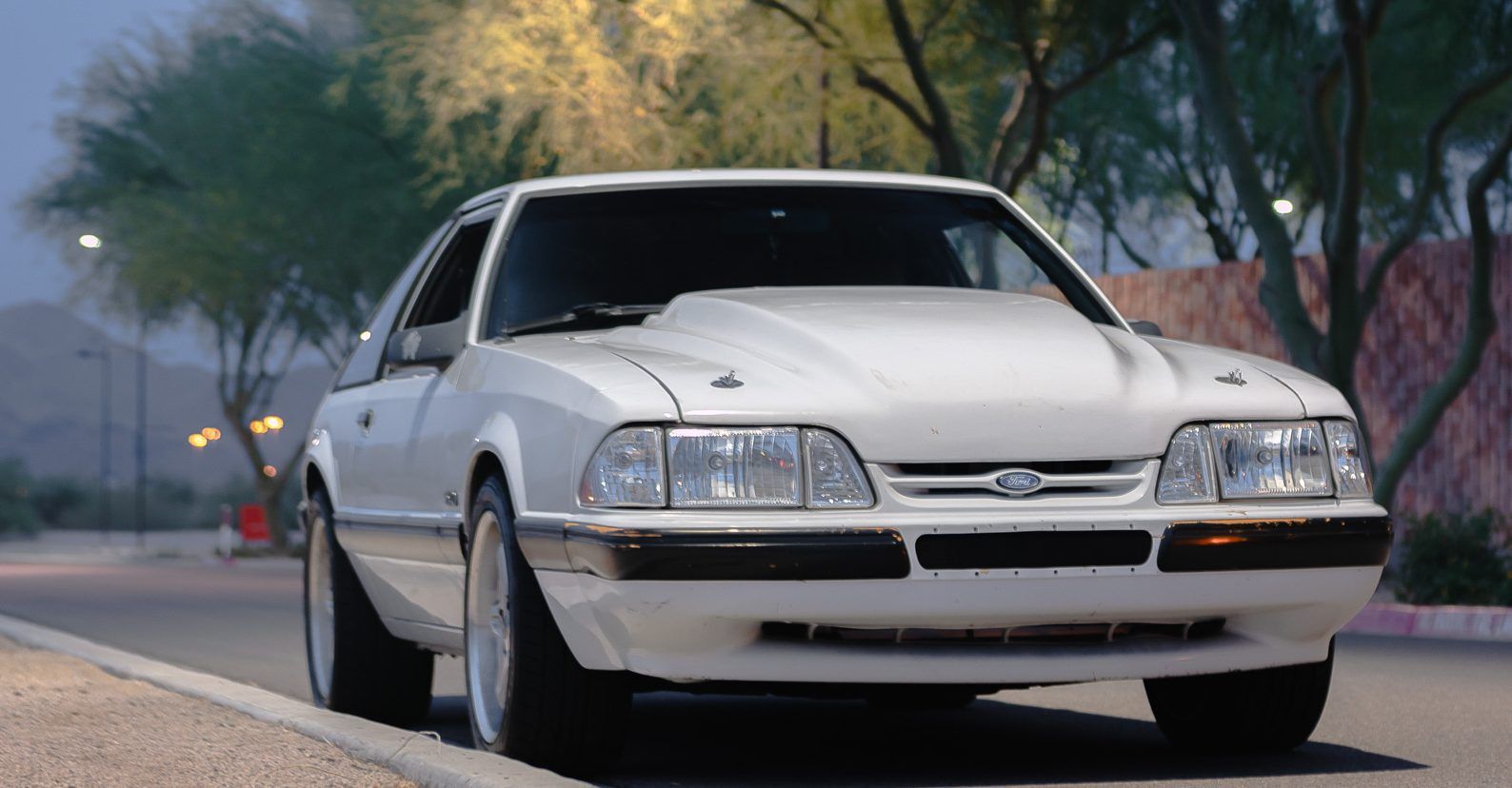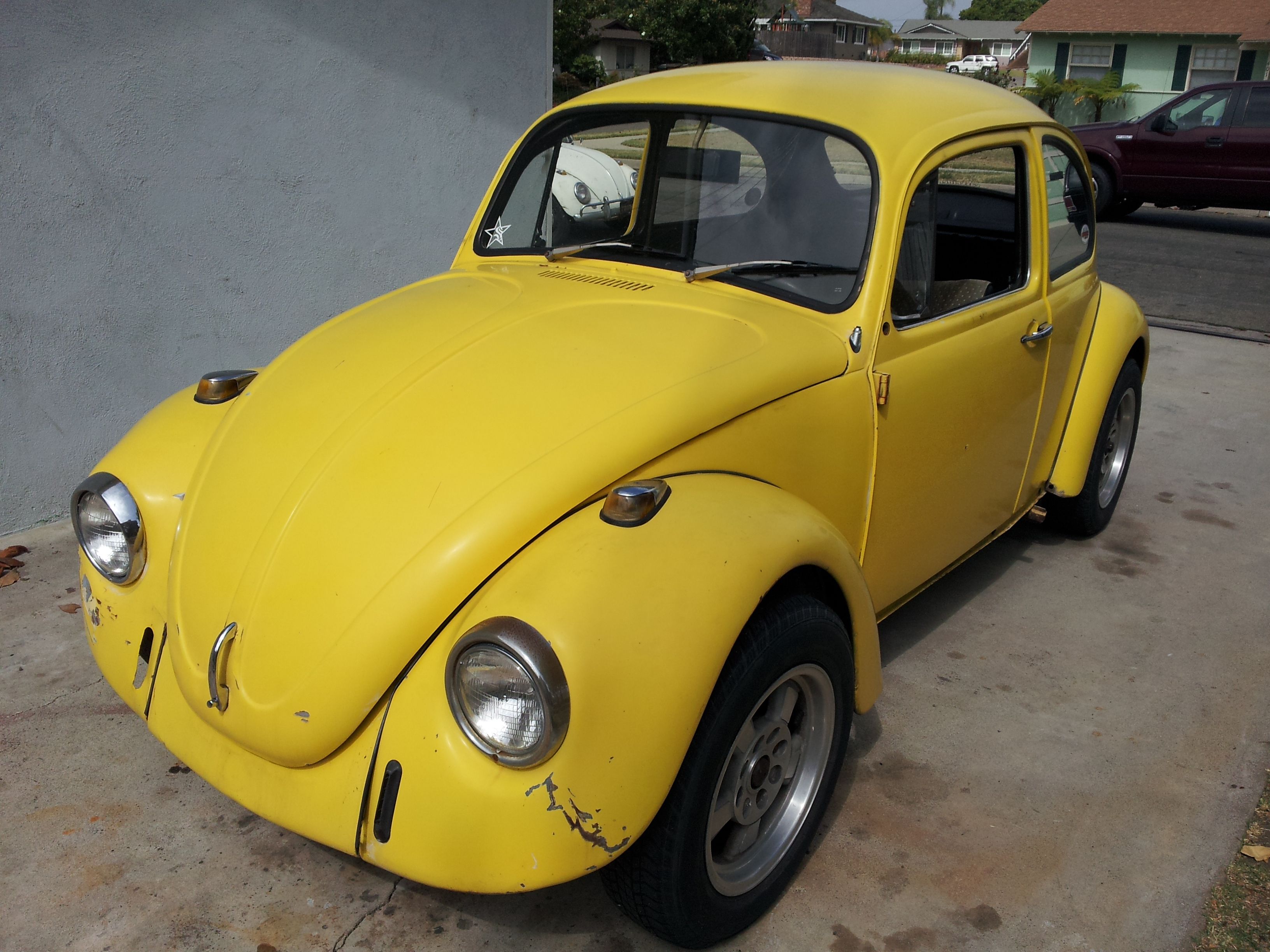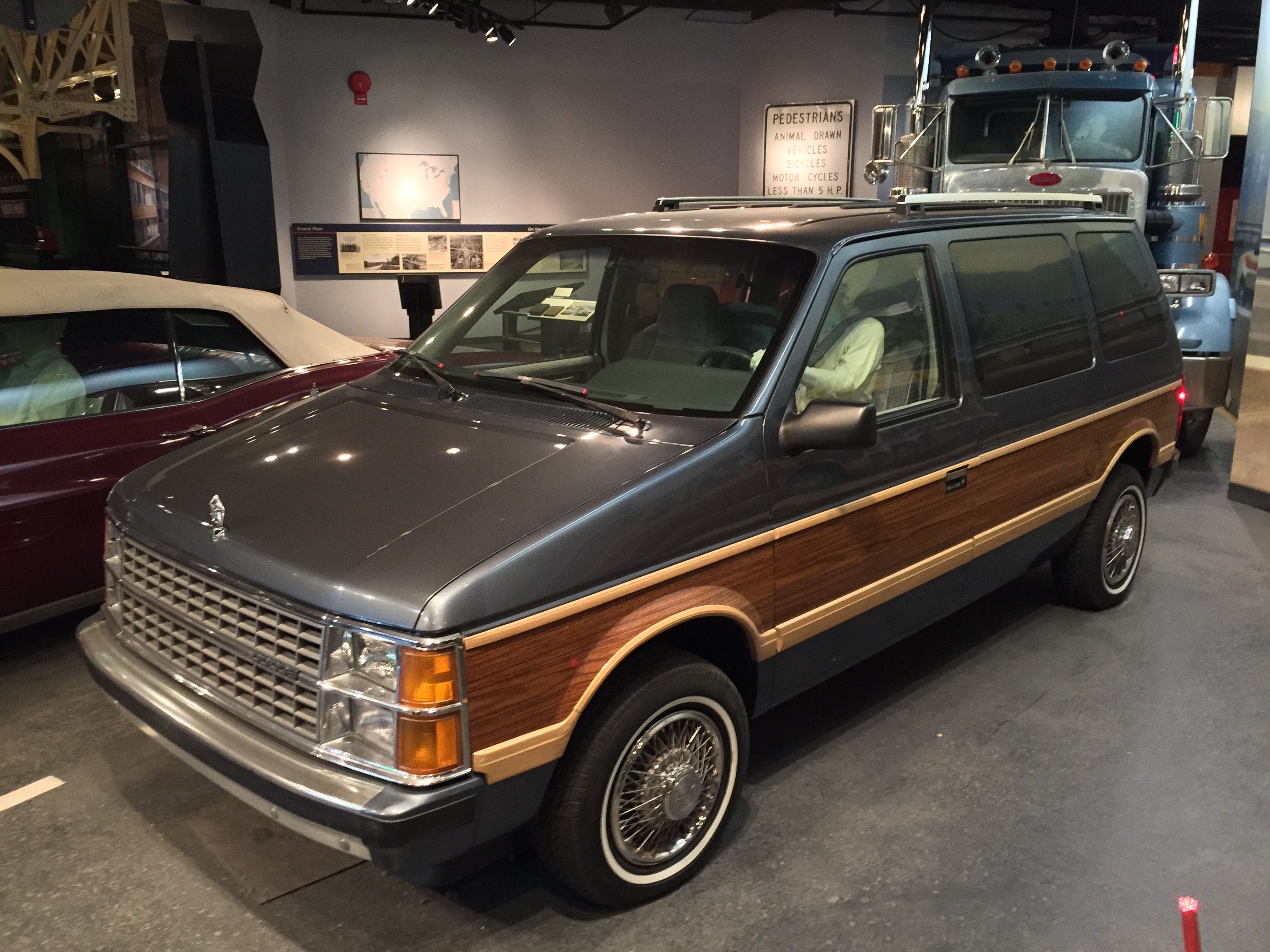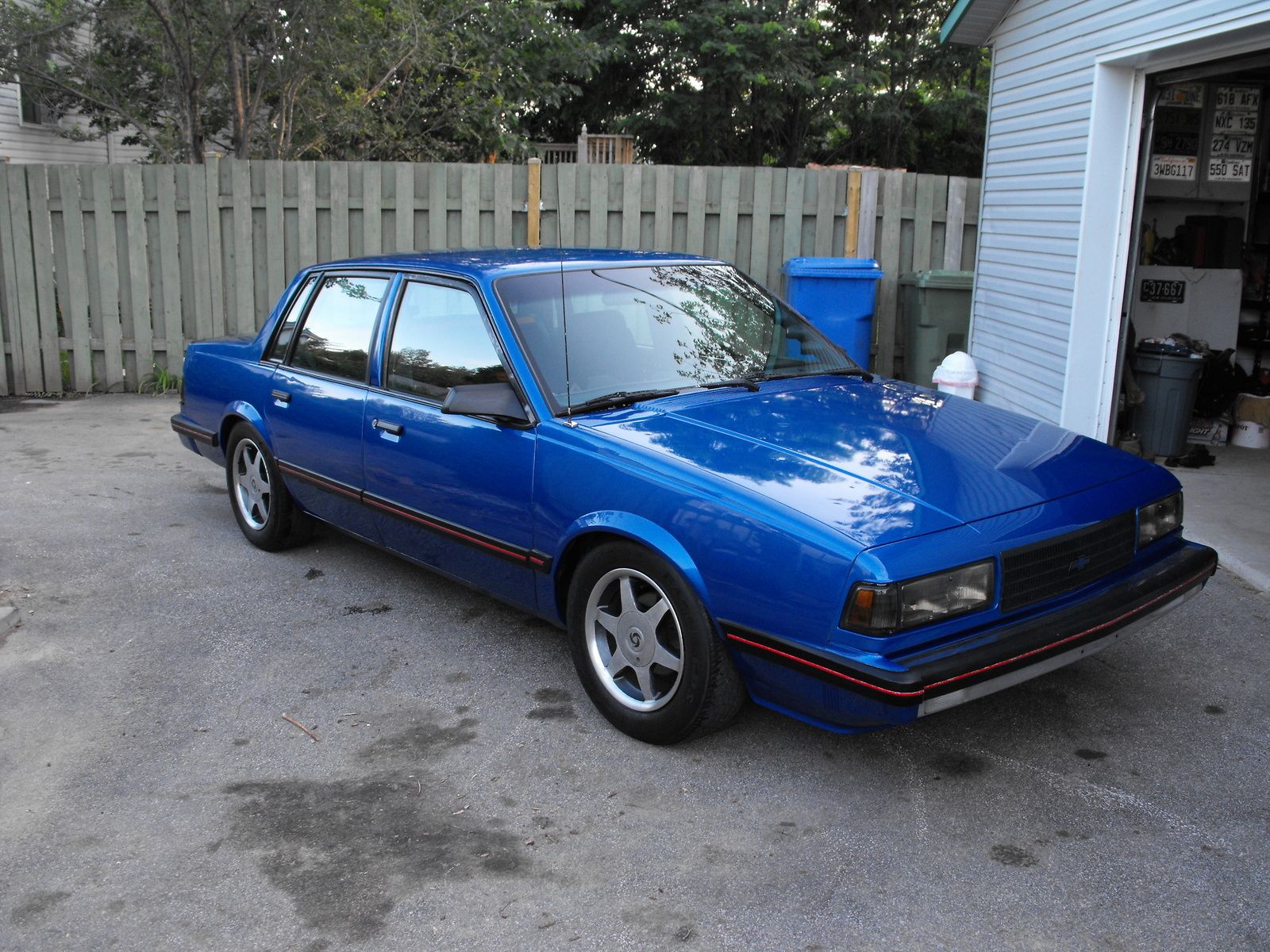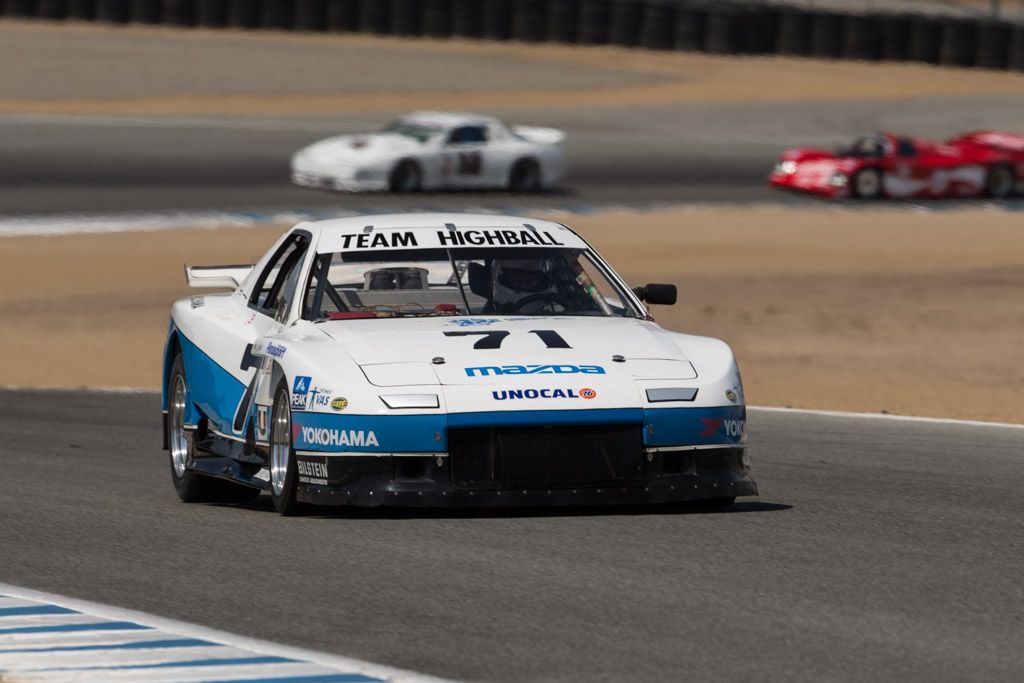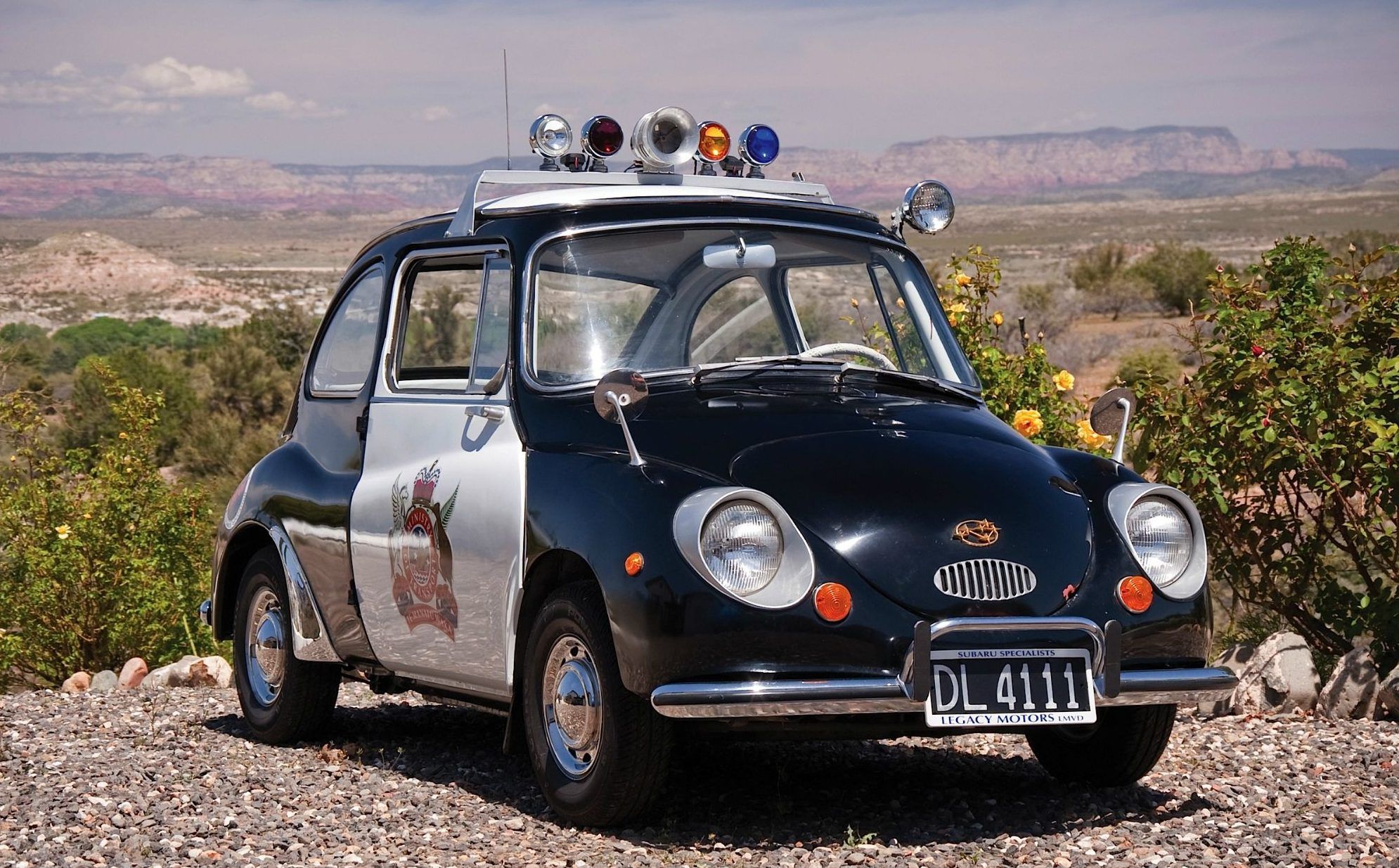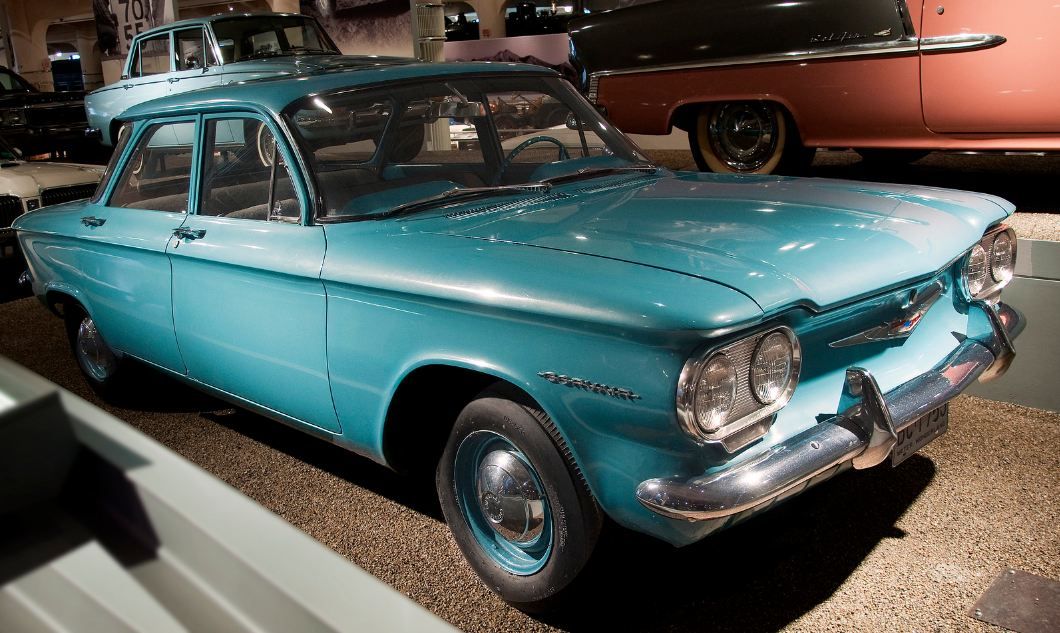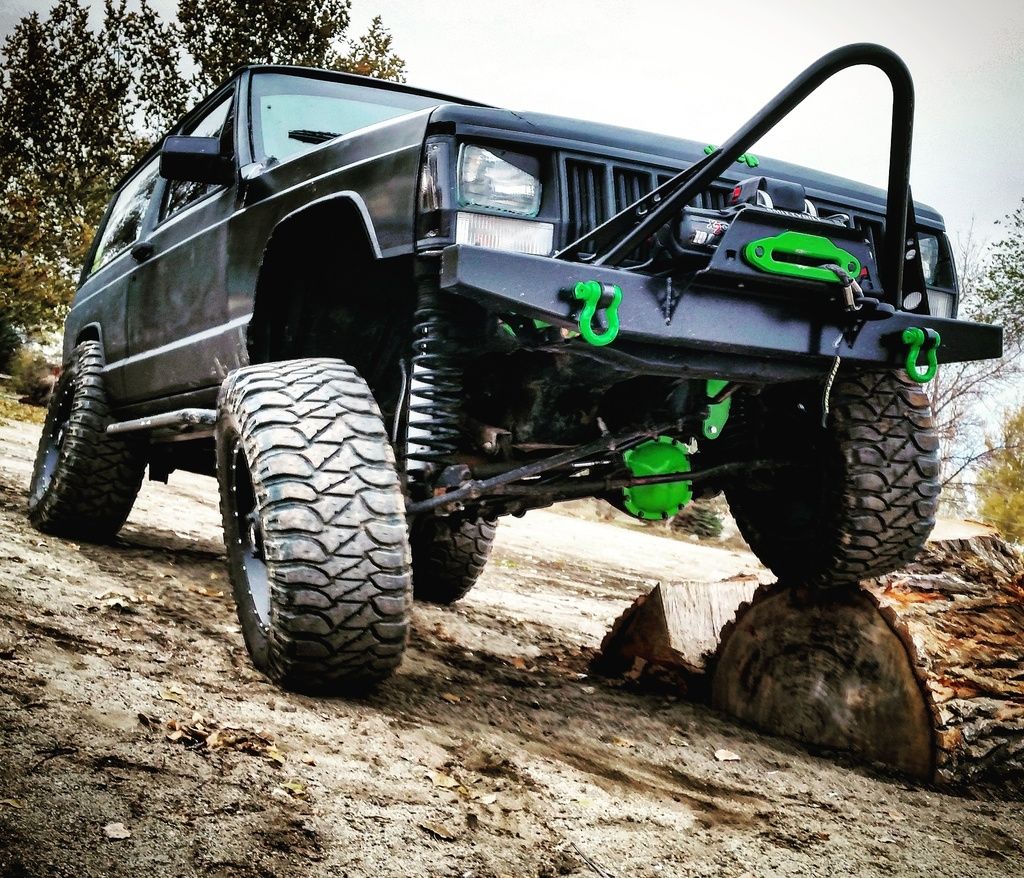Some cars are a home run right out of the box, and we know it before they even hit the dealerships. Others, like the infamous Edsel, were destined to languish in our minds as whole and complete disappointments from the moment they rolled off the line.
What makes a car a hit or flop largely depends on its perception, rather than the actual engineering that was built into it. In the case of the Edsel, it’s largely recognized as the biggest commercial failure in Ford’s entire history. How exactly does a car achieve such accolades? It wasn’t a bad car, after all – it just wasn’t the “Super Turbo Fire Custom Deluxe” spaceship the Ford marketing department had hyped it up to be.
You can’t blame the Edsel for that; but we did, and it died – pretty quick, too. Where the adequately-engineered Edsel may have failed, plenty more designs have proliferated instead; half as good – and exponentially more successful.
Why we buy bad cars and forego good ones is largely based on our emotional attachment – or lack thereof – to a particular car. Brand loyalty causes some people to get burned three times in a row – on the same model – before finally realizing that the Jeep Grand Cherokee just isn’t what it used to be. None of these cars are, “what they used to be,” assuming they were ever anything, to begin with. Don’t get caught up in the hype!
20 1975 Chevy Nova
For many dedicated Chevy fans, the death of the “real” Nova was a solid indicator we were headed down a dark road – not to see light again for many years. The Nova was already a tiny car in itself. With only 111-inches of wheelbase, the third generation Novas were already pretty small. Being a top seller in not five years after its 1962-debut was not surprising, it was a barebones car that happened to be styled in some of the most iconic iterations of minimalism Chevy has ever produced.
Despite the tremendous momentum generated by the stout, little car, even Chevy couldn’t keep that momentum on the rails. Everything desirable about the Nova died with the debut of the fourth generation in 1975 (as you can clearly see).
19 C3 Corvette
Few cars surmount the prestige that the Corvette has amassed in its many years of production. It instantly became a sensation. Since debuting in a bustling economy, the Corvette would continue to set the bar high throughout most of its generational transitions.
The perilous ‘70s and ‘80s left no internal combustion engine unscathed in the indiscriminate hacking of horsepower specs. The Corvette was to survive this tribulation, but not without its own scars. The beginning of the C3 lineup would feature all-aluminum, ZL-1 engines (rated at 430hp), but by the end of the C3 lifespan, they were shamelessly installing the disgraceful, 165hp ZQ3 engine in their base models. 0-60 mph times increased from 4.7 seconds to 7.8 seconds by 1979.
18 1981 Chevy Chevette
If you’ve ever wanted to own a piece of Chevy history, you’ll be hard-pressed to do better than the Chevelle. But if you’re like most people, operational efficiency is an inescapable car-buying concern of the day. The Chevette’s 12-year lifespan seemed to embody this concern as a primary design principle; the car would never be offered in any variation north of 74 hp.
In light of the anemic performance figures, you’d assume Chevy would at least toss a front-wheel drivetrain into it – to keep it “modern.” That was never to be, as the primary focus was affordability. You could pick these puppies up, brand-new, for few-thousand bucks – right off the lot! Most people didn’t want them very long afterward, however.
17 ‘80s Chevy Trucks With The LF9
There is a lot of bad press flying around the diesel community surrounding the LF9 block. It was such a bad engine that, it would not only destroy GM’s diesel reputation for the next decade, but it would also subsequently tarnish the already-noxious reputation that diesel was trying to escape, forever.
It was in the ‘70s; “rolling coal” was more a byproduct of diesel, rather than an anti-environmental pastime. If the carcinogenic cloud of particulate wasn’t enough to scare people off, it was the inherent unreliability, due to drastic engineering oversights across the board. This block is still solidified in the minds of many as one of the “worst diesel engines in General Motors’ history.”
16 2017 Subaru Crosstrek
The Subaru XV Crosstrek has successfully nailed itself dead-center into the hearts of every would-be explorer that’s really not hardcore enough to duel it out with the elements. (They are the net result of an action-movie hero persona, diluted with the pansy reality that befell their existence instead.) The cars, unfortunately, aren’t much better. With the notorious “oil consumption” problem the company refused to acknowledge, their reputation for being a trash pile resonates through every mechanic that lays a wrench to it.
Nonetheless – 144,000 new “superheroes” are trampling daisies in a meadow somewhere, calling it “off-roading.”
15 2018 Chevy Equinox
Do you remember that little book that Kelly had? It was a blue one. Highly reputable in its distinguishing days; you know – before the internet. In fact, that old blue book of Kelly’s was sloganeered and subsidized into a corporate structure way back in the ‘20s. They’ve been around long enough to trust them on the basis of longevity alone, but if ever there was a time not to trust – that time would be in your quest for candid Equinox reviews.
A thorough research gathering will uncover some quirks you may be better off steering clear of; overheating in the snow, blown rear main seals on the 2.4L, and ball joint recalls just sprinkle icing on the proverbial cake.
14 2009 Toyota Corolla
By now, it’s a “domestic” icon, if you could even say such a thing about an import. But if there is any car has earned such a distinguishing title, it would be the Corolla. Introduced in the ‘60s, it was to be a national best-seller in less than 10 years. (That says a lot of an import in the ‘70s.)
Over time, it grew and evolved; but the hype began to outrun it somewhere in the ‘90s. Today, it’s still a halfway reliable go-getter (like it’s always been); but competing models have turned up the heat with better Civics, Sentras, Cobalts, and Focuses – stagnating the Corolla by comparison.
13 2013 Nissan Rouge
Here’s a doozie you have to watch out for – it’s a wolf in sheep’s clothing. Reviews of the Rouge are illustrious, to say the least. It’s a “good enough” car to have gained a formidable fan base, and for good reason; Nissan makes some really good equipment…sometimes!
We’ve all seen that B2000 putting around, on its last leg, with the same crankcase oil for the last 20 years. (That’s the exception, however.) Contemporary Nissans afford you no such longevity. Despite the overwhelmingly positive reception of the Rouge – buyers beware; if it “happens” to dump its 1,000 miles over warranty, you’re on your own. “Goodwill” is not a part of the Nissan service writer’s rhetoric.
12 2000s Ford F-150s
The Ford F-150 needs no introduction; it’s a descendant of the truck that built a nation upon its frame rails and has been working hard ever since. Even in the ‘80s, their trucks were nearly indestructible (albeit cheap and flimsy); the robust twin I-beam, front suspension would chew up anything you could throw at it.
Today, a lot of that has changed. Although the F-150 remains a solid contender, the line has suffered devastating blows to its reliable image. We don’t care how good your PR statement was written – it’s pretty hard to justify forgetting to engineer enough threads into the head to keep the plug from ejecting (with said threads)!
11 Ford Ranger
The name “Ranger” has a noteworthy origin – for better or worse. It was first applied to the Edsel in the ‘50s. Reapplying the ranger moniker to their full-size trucks during the ‘60s and ‘70s proved to be a better idea for Ford. The Ranger we know has been thriving on a mini truck frame ever since the ‘80s, where strong sales figures consistently settled between 200,000 and 300,000 units (annually).
Suddenly, sales figures drop off the map! A quarter million-unit/average in 2002 dwindles down to less than 70,000 units by 2008. Ford, at this point, was already phasing the truck out, but that doesn’t excuse the lackadaisical assembly process that contributed to all TSBs and recalls that befell the end of its legacy.
10 Ford Fiesta
The Ford Fiesta has been tapping the market to a different tune ever since the mid-’70s. Automakers were adjusting to a flurry of changes in the market – regulatory standards were solidifying amidst fuel shortages and increasing demands for advances in safety and economy. It was essentially the modern “coming of age” for the automobile of the 21st century – and it wasn’t pretty.
Although the Fiesta remains a solid contender in the econo-wars of a dying fuel platform, the over-stressed 1.0L EcoBoost (attempting to squeeze too much from too little) isn’t really up to for a challenge. The SmartCar was also equipped with a 1.0L – and look how well that worked out.
9 Ford Escort
Here’s another big box name that emulates portability with a little bit of utility – and it was a hit, too! Like the Ranger (leading up to its 2011 discontinuation), Escort sales began rapidly declining from the quarter-million unit/threshold (to just over 1,000 units) in a few short years’ time. The old reputation is still responsible for an inflated aftermarket value – people haven’t forgotten the legacy.
But somewhere in the 2000s, broken engine mounts and “noises from every which direction” seem to permeate an uncomfortably high number of hard to unearth reviews, indicating that something sinister is lurking behind those flimsy interior panels that we’d rather not deal with.
8 Ford Mustang (3rd Generation)
It’s known more prominently by its appellative “Foxbody” designation – and everybody knows what those things look like. They were the bad looking little rockets that looked as if all styling was exchanged for performance. The only problem was there was no performance. Sure, you could make them faster than an industrial washing machine on the spin cycle, but that’s not what “Ponycar” performance was supposed to be about.
We’re still waiting for ford to explain to us how their turbo, 2.3L four-cylinder was rated at only nine horsepower shy of the Cobra’s 302 V-8. As prestigious as the 5.0L nameplate may be, it’s really hard to get hyped up over a 140-horsepower Mustang Cobra. (#truth)
7 1970 Volkswagen Beetle
Volkswagens were just about as far away from complex as you could get, offering only the bare necessities to get you to where you were going. But the trade-off in luxury came with an invaluable consolidation – they were just about invincible. Alas, someone figured out that; fewer things that CAN break = fewer things breaking.
With this in mind, they built a skeleton of a car, tossed some carpeting inside, and blew it on out the door as quick as they could. It was the perfect formula – until they started getting “cute.” The induction of the 1971 “Super Beetle” marks the gradual and irreversible, decline of a great little car.
6 1984 Dodge Caravan
It was a revolutionary design that would proliferate in cities across the globe. People loved the minivan – over 11 million variations of the Caravan have been produced since the initial prototype T-115 was rejected by the Ford Motor Company in 1974.
The design would soon explode into a trend that would become infamous for coagulating around school zones, clogging up congested parking lots, and destroying any grasp that the wide-body sedans still had over soccer moms (and the family car, in general). You’ve watched these things ruin your roadways with unsightly design cues like laminated “wooden” sides (who even does this?) and wire-spoke wheels – yet, one of these things still managed to find its way into the Smithsonian. “Short on style but long on utility,” as they put it. Touche, Smithsonian.
5 1986 Chevy Celebrity
This is an ‘80s relic that will inspire childhood memories for some. It was only produced in that fateful decade. A retrospective glance “back” at it – from where we stand today – quickly dissolves any nostalgia from the memory banks. As a basic rule of thumb, anything tangled up with Oldsmobile in the ‘80s was everything you wanted to be far away from.
Plagued with poorly-designed emissions-compliance devices (in a turbulent decade, when they never worked “that well for that long” anyway), the Celebrity was never to make it further into the first year of the 1990s. Even then, a fairly-fresh, 1989 Celebrity – in 1990 – felt like it was already on its last leg.
4 Mazda RX7
It’s a stunning car on paper; making multiple, all-time “10 Best” lists with a highly reputable evaluator. Unfortunately, even though Mazda’s adherence to their desire for a rotary-powered lineup is understandable, running them as a flagship powerplant was never eternally sustainable. They were able to get away with the rotary’s dirty proclivity for poor fuel economy and excessive oil consumption on the basis that they were fairly powerful for their size (and people loved them).
Although these motors maintain a strong following of enthusiasts across a diverse platform of uses even today (including aviation and racing), Mazda hasn’t produced a road car rotary since 2012 – and they’re not bringing it back, either.
3 1968 Subaru 360
The erratic and eccentric loose cannon of US businessman that brought this to you has been importing, wheeling, and dealing like the ultimate used car salesman you’d never stand a chance against. He takes “used car” game to a completely different level. And that’s exactly who imported the Subaru 360; a man with a 3,000-acre ranch, private indoor shooting range, and a pet camel.
The 360 was about as bad looking as a camel but infinitely-more useless. The car was so light as to be exempt from general safety standards; thus, it was never adequately tested. In 1969 however, a consumer-reporting agency classified the car as “Not Acceptable” after a later crash test found the 360 to crumple like a dry leaf under a steamroller. It was a reputation that it would never recover from.
2 Chevy Corvair
The formative days of automotive safety and design paved a long, and unfortunately bloody, path through history; it took many hard lessons to learn all that we know today. Although the contemporary suspension design is fairly straightforward, it wasn’t always such a home run. It wasn’t long after the launch of the Corvair that Ralph Nader’s Unsafe at Any Speed slammed the car’s allegedly “dangerous” suspension repeatedly until nobody wanted to buy it, calling it things like “the one-car accident.”
Debate continues to this day over the subject, but the debacle was enough to forever ruin the “Big Plans” that General Motors had for their rear-engine design definitively.
1 Jeep Grand Cherokee
Probably one of the most gallant bravados of unyielding confidence, the Jeep Grand Cherokee defiantly presses into yet another year of production amidst the crumbling remains of a once-proud legacy. The name literally plowed a beaten trail right through the middle of uncharted wilderness for us.
We loved the Jeep dearly for this. It was back when the Cherokee name meant “trails for days.” Sales numbers indicate that Jeep-love still runs deep within our blood, but a quick glance at some of the troubling reviews seems to resonate with an increasingly large list of problems; the expensive type that invariably pop up as soon as the warranties expire. Scrutinize the 2014-2015 models with a particularly discriminating eye.
Sources: Car Sales Base, Edmunds, Repair Pal, Raybuck, Car Complaints, U.S. News.

